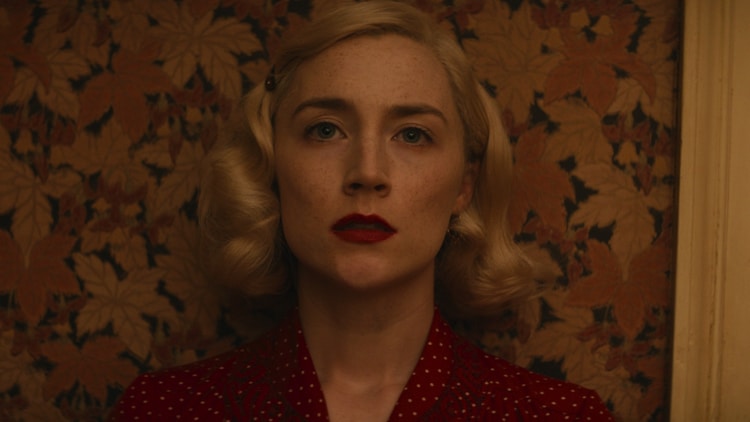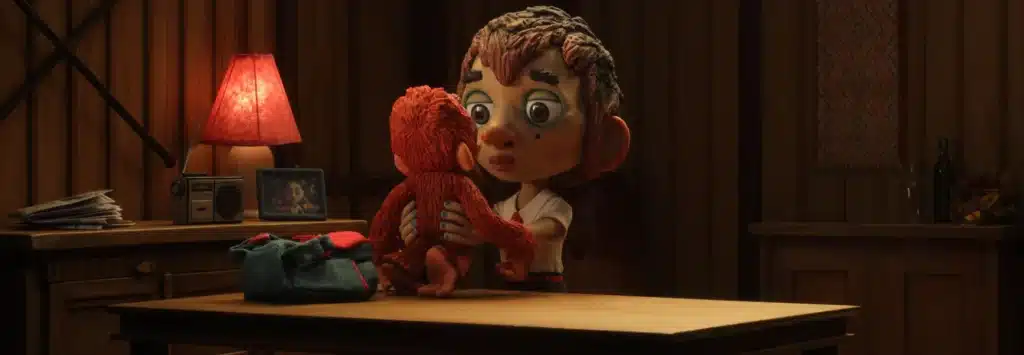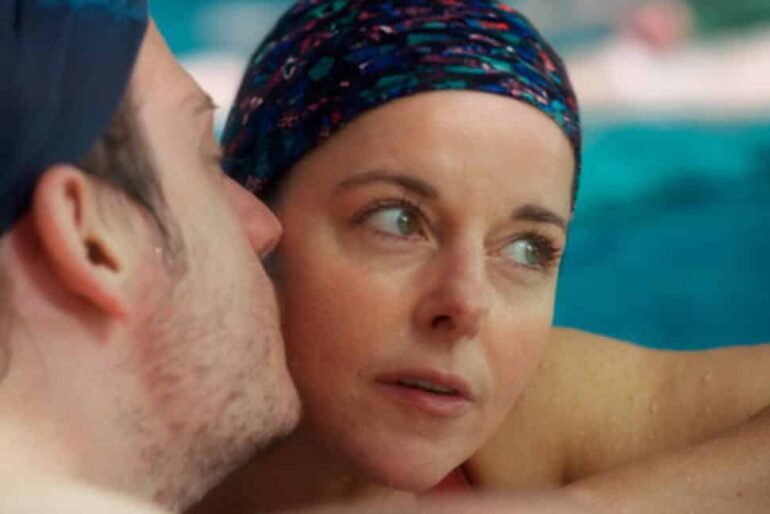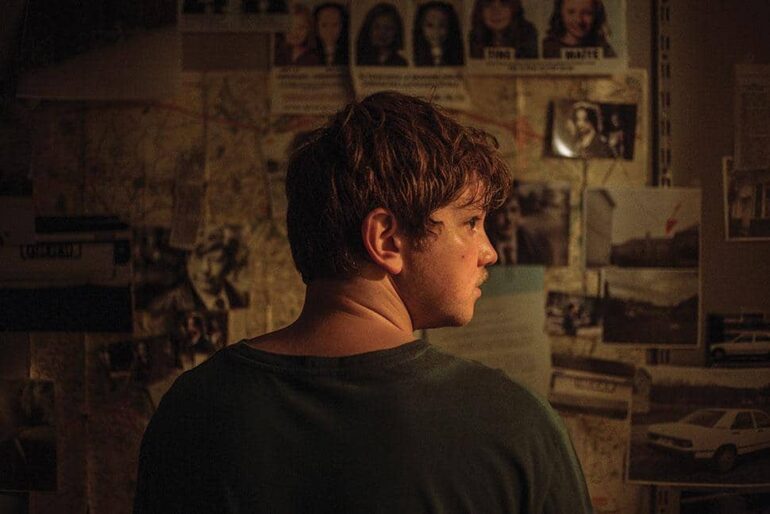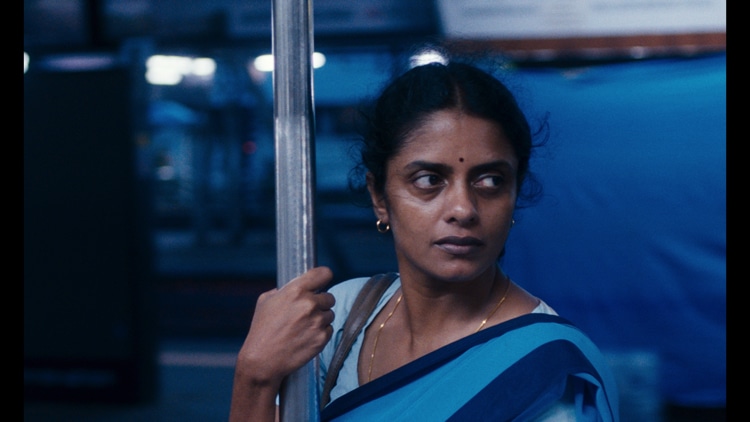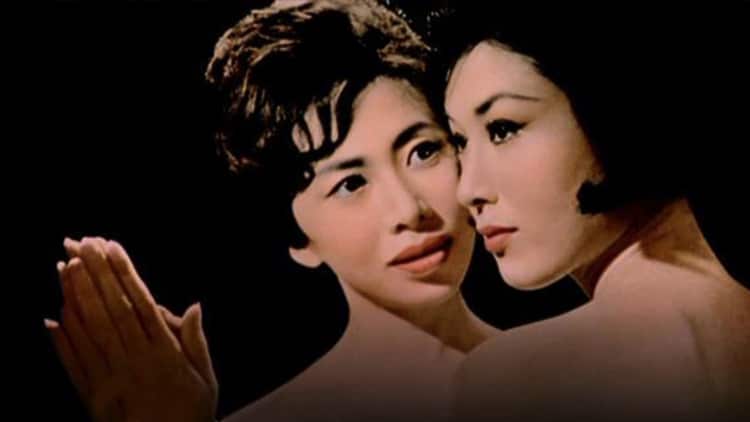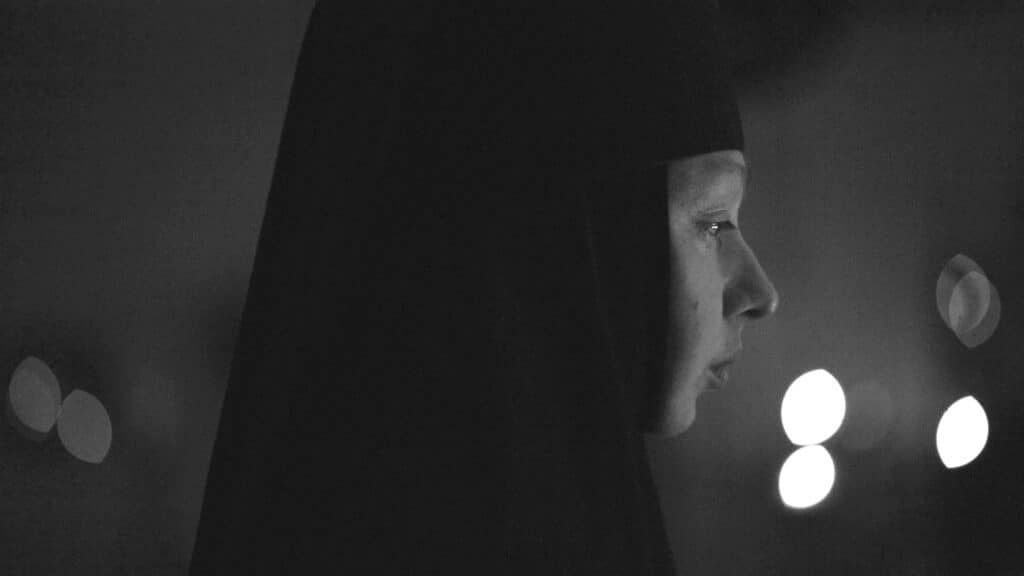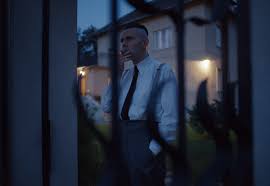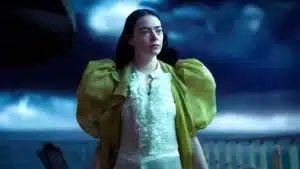Dir: Ira Sachs. 2025. 76 mins. 2025
Reviewed by Peter Herbert
Peter Hujar’s Day continues director Ira Sachs’ adventures in film style, form and genre with a filmed recreation of rediscovered tapes documenting a day in the life of a gay photographer.
Peter Hujar was born in America in 1934 of Ukrainian parents and only recently has been recognised for images capturing key elements of time and place in New York during the 1970/80s.
He moved to New York in the 1960s where he became not only one of Thirteen Most Beautiful Boys for a visual compilation by Andy Warhol but also an accomplished portrait photographer of cultural zeitgeists from the late 60s. Hujar also photographed male nude erotica, urban nature, animals and images of early 1970s gay liberation front protests. Along with other photographers including Georges Platt Lynes (the subject of Hidden Masters) his acknowledged “difficult” personality added to a body of work little appreciated during his life time before death from AIDS in 1987.
Ira Sachs’ film should help reverse this with a structurally daring film that on one level recounts a day in Hujar’s life on 19/12/74 while also providing an observant character study.
The monologue by Hujar was recorded a few days later on tape, as an interview for writer Linda Rosenkranz. It was intended for publication in a series of articles reflecting the minutiae detail of a day in the lives of a group of New York artists. The article never materialised, recorded tapes were lost although by chance a written transcription of the Hujar interview survived.
Sachs films the tape-recorded interview in 73 minutes (with few changes) and has created a mesmerising film that is not only about a period of time but also a subtle exploration of how a bond develops between photographer and interviewer.
The result builds on built-on remarkable performances by Ben Whishaw and Rebecca Hall. Whishaw is one of our key contemporary British actors of stage, film and television and brings the same sensitive nervousness and self-doubt from other films including This Is Going to Hurt (2022) to this portrayal of an ego driven creative.
The day Hujar describes includes fascinating mundane descriptions of interaction with icons of the time including Susan Sontag, Allen Ginsberg and William Burroughs. It is clear though that this singular day in his life is very much described through his eyes only.
Whishaw captures physical movement in a confined space but it is the actor’s voice that eventually overrides with mellifluous rhythms which command the ear as much as the eye.
Rebecca Hall recreates the writer author. While appearing to be little more than an enquiring, observant listener, Hall compliments Whishaw as she comes into her own with concerns revealing growing bonds of mutual friendship. This is the kind of rapport between people consistent with the way Sachs explores relationships in Passages 2023, Little Men 2016 and Love is Strange 2014. The result is a remarkable masterclass from a filmmaker and actors worthy of closer inspection and study.
The film is made with 1970s film stock by cameraman Alex Ashe that captures natural light from day to night and is also a love letter to a New York, seen and felt on the edges as a tangible presence in itself.
The other recent film comparable to Peter Hujar’s Day is Claire Simon’s I Want to Talk about Duras (2021). This also involved a filmed recreation of an audio monologue interview given to a female journalist by a young gay man Yann Andrea recalling his unlikely 1980s relationship with the filmmaker and literary icon Marguerite Duras. Both films fascinate for the way they also cross reference the changing natures of media as a way to preserve archival values of time and place. Peter Herbert
BFI LONDON FILM FESTIVAL | ON RELEASE IN EARLY JANUARY 2026

